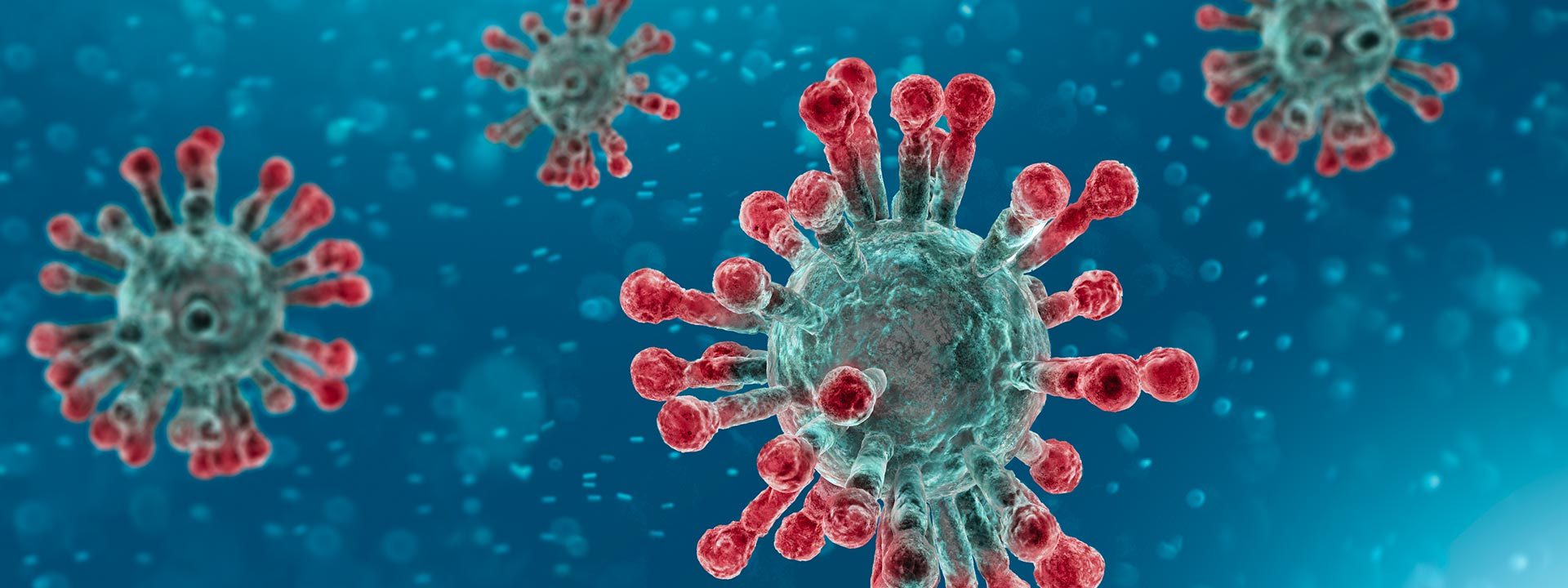Jul 17, 2024

More than a year has passed since the first confirmed case of SARS-CoV-2 infection in the US was reported on January 20, 2020. Since then, the world has seen over 3 million deaths, the US 32 million cases and over 580,00 deaths, and Pend Oreille County with 708 cases, 43 hospitalizations, and 7 deaths.
To date, 210 million doses of vaccine have been administered in the US with that number growing by 3 million almost every day. 131 million people have received at least one dose and 85 million people have been double vaccinated. 80% of people 65 and older have been vaccinated with 64% being fully vaccinated. Of Pend Oreille’s population of 13,850 people, 6672 doses have been given. Approximately 50% of the Kalispel Tribe has been vaccinated.
The pandemic continues to come in waves. Just as we begin to make progress and see numbers decline, we let our guard down and cases rise again. Yet moving to the next phase of the pandemic remains a challenge. Clinicians and patients have many questions that do not have easy answers.
Follow us on Instagram and Facebook for more news and tips for staying healthy.
Which vaccine is the best? The simple answer seems to be whichever one you can get. As of April 19th, all restrictions have been removed and anyone over the age of 16 is eligible to be vaccinated. We have 3 vaccines available in the US. Pfizer and Moderna are messenger RNA vaccines whereas Johnson and Johnson’s vaccine, a vector vaccine, uses a cold virus to carry the genetic code of the COVID 19 spike protein into our body.
On April 25th, Johnson and Johnson’s vaccine was approved by the state of WA to resume use. The FDA, CDC, and the Western States Scientific Safety Review workgroup all agreed that the benefits far outweigh the risk. The vaccine has been linked to a rare blood clotting disorder with the risk of approximately 1 in 500,000. The disorder has occurred in 16 younger women.
Currently, children under the age of 16 cannot be vaccinated. Pfizer has asked the FDA to approve its vaccine in adolescents ages 12-15 but it is unknown when the FDA will act on this request.
Can we reach herd levels of immunity (estimated to be 70-90 percent immunity in the population)? The answer to that question is yes, but it won’t be easy. Vaccine hesitancy which refers to a delay in choosing to get the vaccine or not despite the availability of the vaccine is estimated to be around 40% or higher in certain populations. Many factors contribute to this hesitancy including the compulsory nature of vaccines, adverse health outcomes, side effects, and lack of trust in corporations and the government.
An example of a Tribe that has overcome vaccine hesitancy is the Navajo Nation, The Navajo territory is leading the nation in vaccination rates and could be the first in the US to achieve herd immunity, according to CBS news. The tribe unfortunately has seen more than 1,200 members die of COVID-19 related complications. However, 70% of the Tribe has now received at least one dose of vaccine, and their efforts to vaccinate the entire Tribe are ongoing.
Both the Pfizer and Moderna vaccines provide 95% immunity while the Johnson and Johnson vaccine provided 72% protection in the US. Cases of infection in people who are double vaccinated are going to occur. If you do get COVID-19 after being vaccinated, you are less likely to become seriously ill than if you had not been vaccinated. Studies showed that the Johnson and Johnson vaccine was 85% protective against severe disease and 100% effective against hospitalization and death from COVID-19.
What is the benefit of being vaccinated? The CDC stated that fully vaccinated people no longer need to quarantine after being exposed to someone with COVID-19. This means you don’t have to miss work after having a positive contact exposure. You can also socialize or work with others who are fully vaccinated without wearing a mask. The CDC still recommends you wear a mask and socially distance in public areas where you may encounter both vaccinated and unvaccinated people. Large crowds and indoor social gatherings should still be avoided. Please follow our state’s current phase 3 guidelines. There is a discussion about easing travel restrictions on people who are vaccinated (vaccination passports). Also, many colleges are going to require students to be fully vaccinated before they can return to classes in the fall.
Are the current vaccines effective against the new variants? As COVID-19 continues to spread, mutations will occur and new variants will emerge. A new study published in April by John Hopkins University found that people who received either Pfizer or Moderna should be protected against current COVID-19 variants that are becoming the dominant strain in the US. This is exciting news for all those who have been vaccinated!
How long will immunity last? No one knows and we are all waiting to see as the studies continue to research this question. Moderna and Pfizer both have suggested that boosters will be needed, and they have already begun working on boosters for the fall. Based on current research which may change as new information comes to light, you will probably need a booster once a year. Just like the flu shot.
What is new in the fight against COVID -19? Over 100 vaccines are being researched to prevent COVID -19 infections, along with numerous new medications that might be used to treat patients who have been affected by COVID 19. MK-4482 is an oral medication that is showing great promise as it has been shown to lessen symptoms and prevent hospitalizations. It would be used similarly to the use of Tamiflu to help patients sick with the flu.
The world has transformed in the past year and some aspects of life may remain changed forever. COVID -19 is most likely here to stay and the best way to fight the pandemic is to become vaccinated! Vaccination is a personal decision and not an easy choice for many. If you have questions about the vaccines available, I would certainly recommend making an appointment to discuss your options with your provider.
